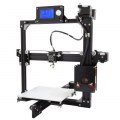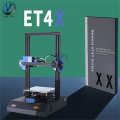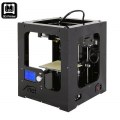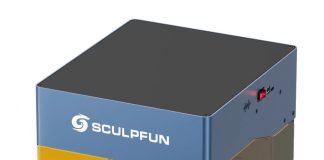Anet A8 Plus
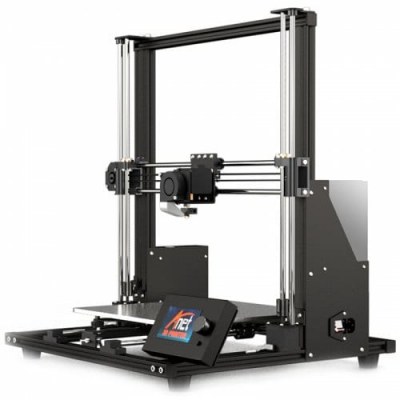
-
1: Nozzle diameter: 0.4mm
-
2: LCD Screen: Yes
-
3: Print speed: 10 - 120mm/s
-
4: Material diameter: 1.75mm
-
5: Z-axis positioning accuracy: 0.004mm
Anet A8 Plus 3D Printer
The Anet A8 Plus is a cheap 3D printer kit to assemble yourself. The printer is based on the open source project Prusa I3 by Joseph Prusa. The firmware used (Marlin) is open source. The assembly of the printer is relatively simple. This 3D printer is also suitable for inexperienced people who want to get in touch with the material first. This model already got some successor models from the manufacturer.
With this popular Anet 3D printer A8 Plus, you can already achieve quite impressive results on the level of many more expensive brands. Of course, a corresponding handicraft spirit with motivation is required.
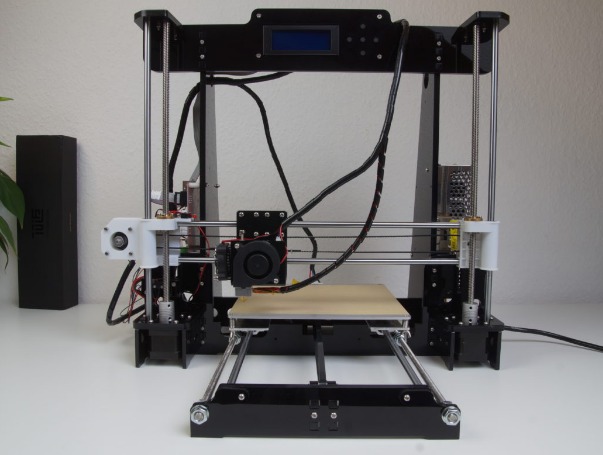
The Anet A8 Plus is one of the cheapest 3D printer kits from China. With just over $340, one has certainly already reached the lower limit of what is possible in price. There is no question that so many people like this 3D printer. If one would buy the components individually, then one would probably not be better priced beside the additional work. The developments in 2018 in the large community are exciting. There are already advanced 3D printing fans, who buy the kit really only because of the parts and then build a much higher quality self made with the designation “AM8”. But with no previous knowledge in 3D printing and no technical affinity, this is not advisable.
Not long ago, a heating bed was not exactly a standard element on the 3D printer. In order to get the grip on the print more easily, this inexpensive model has a heatable print bed (Therefore heating bed, heated bed or also Heated Bed). This means that the print surface can be heated to the usual PLA temperature of approx. 50 degrees or more. Which temperature is the right one depends on the filament used.
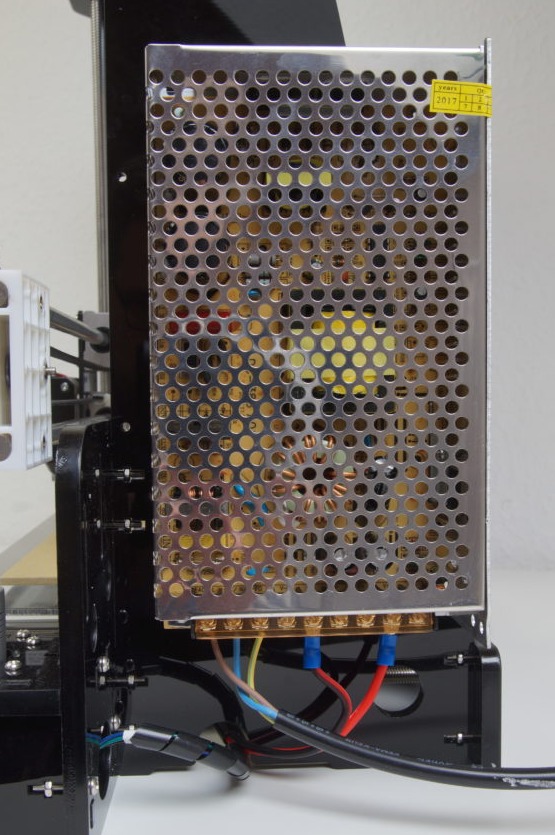
The Anet A8 Plus has no auto-leveling sensor ex works for adjusting the Z-axis. This fact is less important for a good printing result and such a sensor can be easily retrofitted.
The Anet A8 Plus uses a direct extruder. This means that the motor for filament feeding is located directly at the print head and is transported during printing. This has advantages and disadvantages. Especially for beginners, the Direct Extruder is the better choice to achieve good printing results due to the omitted retraction settings. A printer version that works with Bowden extruders can also be built using accessories. The conversion itself is not a big science. Many later dare the conversion together with another accessory in the form of the E3D V6 Hotend. This Hotend is very light and especially suitable for use with Bowden. The price for this conversion is manageable and all necessary parts are included in the kit.
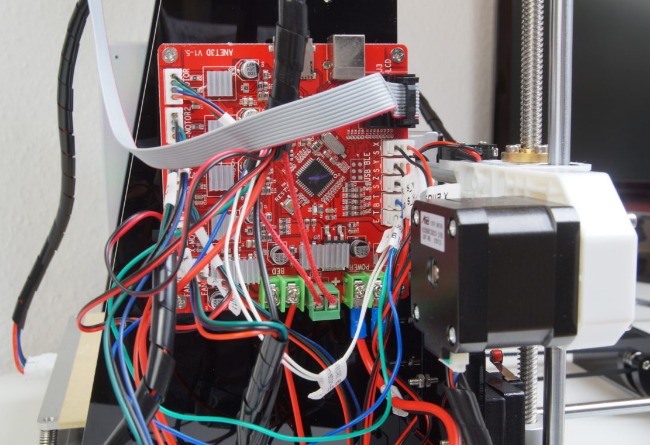
The print quality of the Anet A8 Plus is remarkable compared to the price. As with any 3D printer, the first print is one of the most exciting moments. Already with the components from the kit without further modifications considerable results can be achieved. The components used are common standard components. These can be replaced in case of wear.
Measured by the price, the print results of this printer are already astonishing. Especially the installation space provided does its good here. With increasing experience and demands, however, one is forced to make further improvements to the device or to switch to a higher quality device. Nevertheless it is certainly no mistake to buy this kit as a technically affine layman. The possibilities are already good and the fun with the improvements of the device can bring a lot of joy. Better than Netflix surfing.
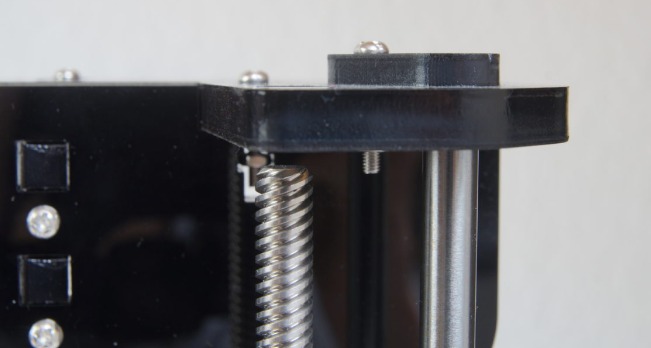
The Anet A8 Plus is based on the open source project of Joseph Prusa. The basic concept was almost completely adopted. The frame construction uses acrylic parts. High printing speeds are thus possible, but are reflected in the print image by the low rigidity of the frame.
The software can also be completely set to open source. The A8 Plus firmware Marlin is the most common 3D printer firmware and is also used on top 3D printers. The circle of users is of the same opinion.
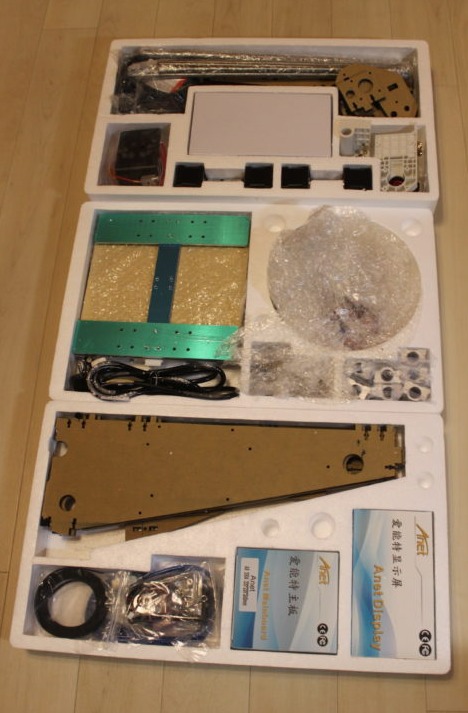
The axes of the 3D printer are driven by belts as usual. The supplied copies are not of the very best quality. The belts are therefore usually due first and must be replaced after a few months. However, new belts do not cost more than 10 euros and can be conveniently ordered from Amazon. The A8 Plus is then quickly ready again and can be printed further.
The biggest flaw on the Anet A8 Plus is certainly the frame construction. It is completely made of acrylic parts. For simple printouts and beginner demands this is completely sufficient. If the printer should be only a showcase for the illustration of technique and possibilities one is well served with it. However, if the device is to be used for the average home user of a maker, one quickly reaches the limits of the possibilities. The own movements are already apparent in the print image at average print speeds.
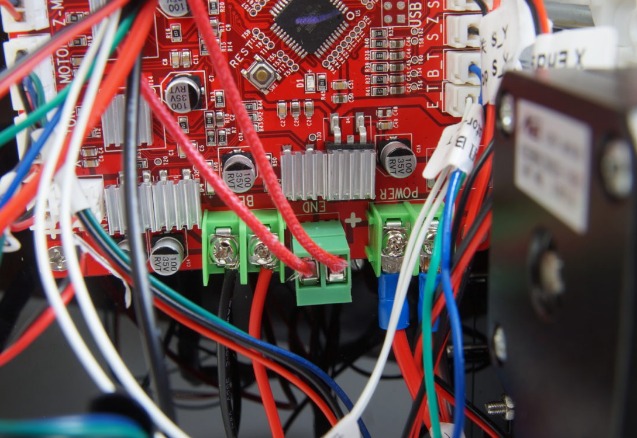
The electronics of the Anet A8 Plus at component level can be described as sufficient. Those who want to get into 3D printing are well served here. However, if you want to expand the printer later, you can no longer use some standard components. For example the mainboard of the kit. Since this applies to most cheap 3D printers, this circumstance can be more or less neglected.
Sometimes there are reports about bad quality of the included power supply. This normally manifests itself with a failure and subsequent defect of the power supply. Whether and how much one can rely on these reports, especially in social media, remains questionable. The wiring must be done by oneself with this model and the quota of wrongly or disorderly connected power supplies is probably high.
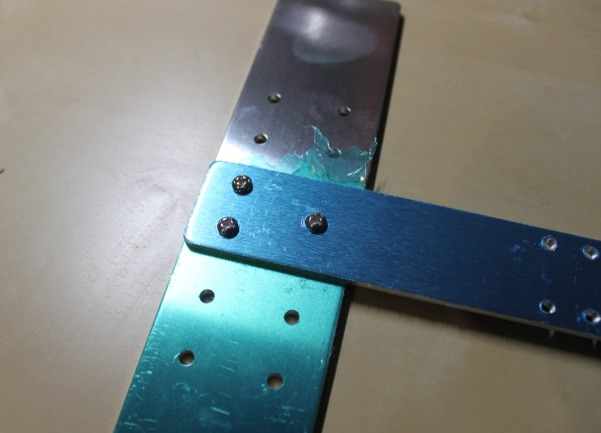
The mainboard of the Anet A8 Plus is an individual variant of the RAMPS. Unfortunately with much less connection possibilities and no possibility to use individual stepper drivers. Good results out of the box are still achieved and a bootloader for firmware update is installed. If you are looking for possibilities for the modification, you can replace the basic electronk relatively easily with a RAMPS 1.4 Shield.
Like the electronics, the volume of the Anet A8 Plus in operation can be specified as average. However, concentrated work directly next to the 3D printer is not recommended. This can easily be remedied by exchanging the used fans for higher quality ones for computers. Also here you can easily order via Amazon and you don’t have to accept a longer delivery time from China again. The electronics can also be easily modified and replaced with better components. Thus a clearly more comfortable noise backdrop can be achieved.
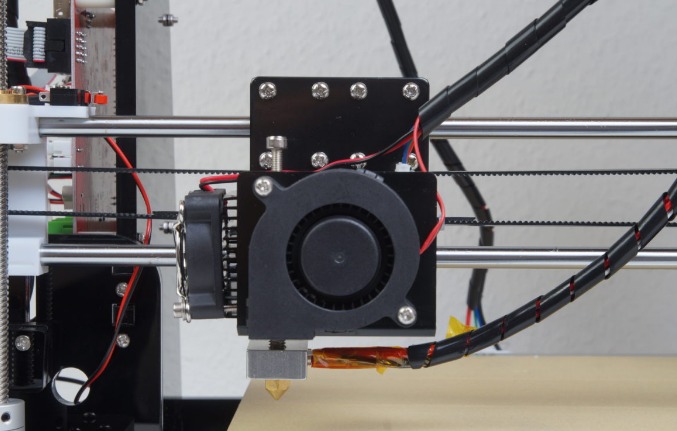
Also the Anet A8 Plus has to be assembled almost completely by yourself. Some parts (small assemblies) are already assembled on delivery. The wiring harnesses are also relatively well prepared. The manufacturer delivers an assembly instruction on the SD card. The assembly is better done interactively with the also available Youtube video and the manual in addition. Even with little technical experience, the setup is easy to do and the video shows all necessary steps correctly. This combination as an aid is also a purchase criterion that many Anet A8 Plus owners like very much.
With this printer improvements and mods are almost necessary. At least if you want to enjoy the device for a long time and the demands grow. Of course the A8 Plus is also no exception among the DIY 3D printers, rather a prime example. On Thingiverse you will find numerous templates for improvements that you can print directly with your new 3D printer and then mount. The most popular mods are so-called “belt tensioners” for tensioning the belts on the axles, as well as nozzles for cooling the components. I also consider both to be recommendable.
Very popular is also the conversion to a Bowden Hotend to reduce the weight on the X-axis. The conversion is relatively inexpensive in the form of a new hot end (e.g. E3D V6). All other required parts can be printed with the printer itself.
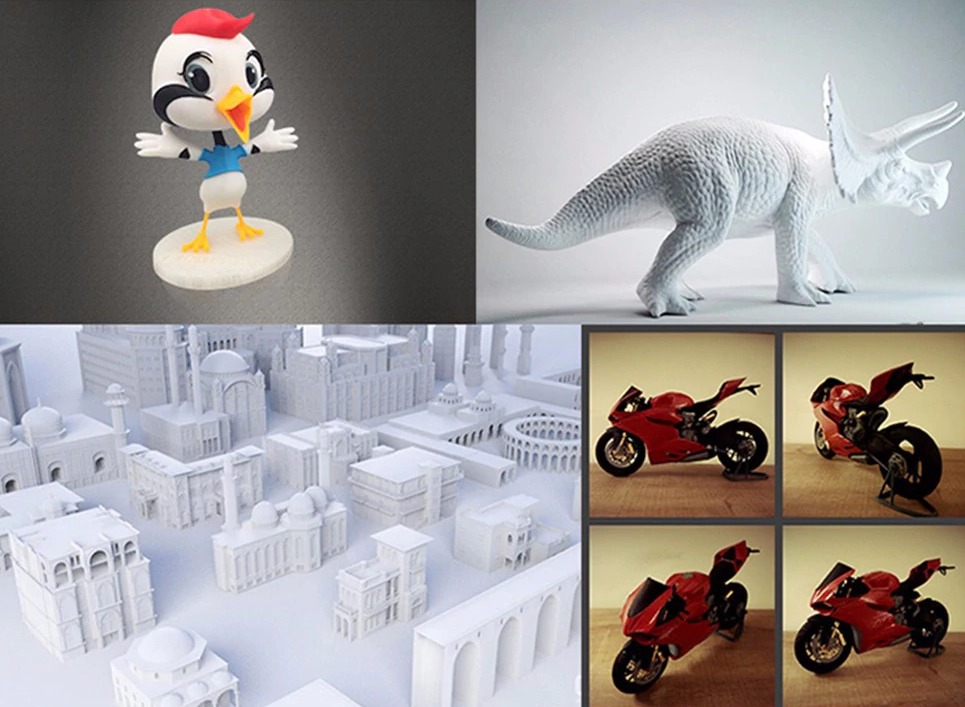
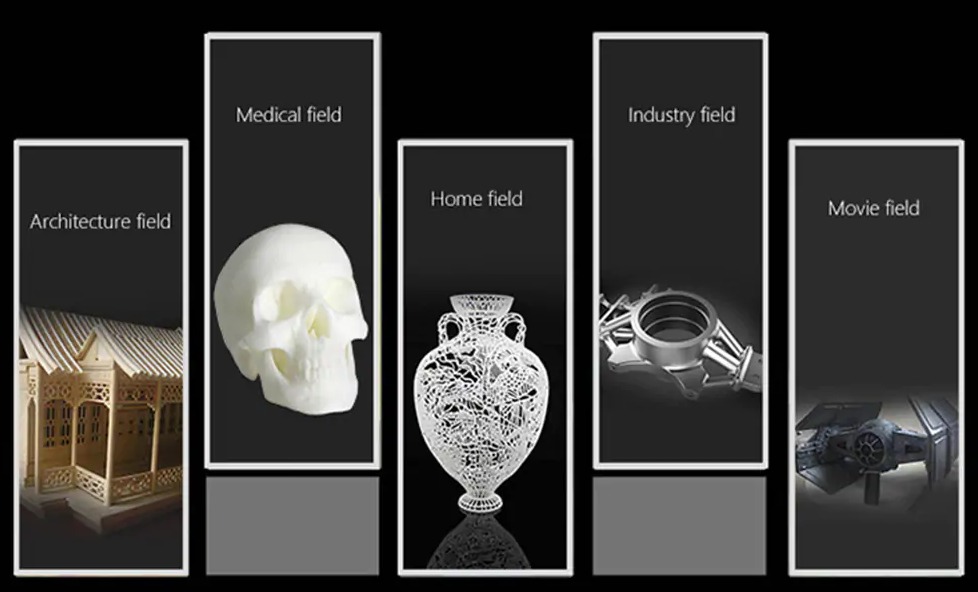
Summary
As you may already suspect, the Anet A8 Plus is a good kit for getting started with 3D printing at a good price. The Anet A8 Plus is clearly aimed at the home user. Industry and commerce are better advised with a higher quality device. This 3D printer is pure DIY! Above all the assembly is an exciting project for the spare time and at the same time a learning project for a promising topic. With this kit from Anet you can already achieve very good printing results with the included components. The longevity of the device as delivered is rather short and you have to reckon with maintenance tasks and renewals. Therefore it is all the more pleasing that the components themselves are quite cheap. Those who like to do handicrafts and have fun should therefore not refrain from buying them.
If you already have some experience and would like to get seriously into 3D printing, you should look for a device with more sustainability. In order to turn the Anet A8 Plus into a “working machine”, you have to invest a lot of time and approximately the purchase price in components and improvements. However, this doesn’t have to be a disadvantage when entering the world of 3D printing, provided you’re interested. On the Internet and of course here on the blog there are numerous articles on simple improvements to the printer and for a good start.
SPECS
Product Details
| Features |
• DIY, modular dual version, customers can choose according to their needs • Aluminum frame, Y-axis double-axis, Z-axis double-threaded rod, stable structure, good transmission precision and high printing precision • The molding size is 300*300*350mm, which solves the painful point of high price on the market • X-axis and Y-axis belt tightness can be adjusted freely, effectively preventing the belt from loosening and jumping • Automatic feeding and unloading function, easy to solve with feeding and refueling • Magnetic movable screen, breaking through the ergonomic design screen for easy operation • Patent extrusion mechanism, smooth discharge without plugging, short-term feeding, improve the effect of printing soft consumables • Aluminum substrate hot bed and glass panel, the printing is flat and not warped, easy to take out the model • The latest upgraded motherboard, over-current protection, short-circuit protection circuit design, configuration of smaller current, safe and reliable |
| Specification |
Brand Name: Anet Type: DIY Nozzle quantity: Single Nozzle diameter: 0.4mm Nozzle temperature: Room temperature to 250 degree Product forming size: 300 x 300 x 350mm Layer thickness: 0.1-0.4mm Memory card offline print: TF card LCD Screen: Yes Print speed: 10 - 120mm/s Supporting material: ABS,HIPS,PA Wood,PETG,PLA Material diameter: 1.75mm Language: Chinese,English File format: G-code,JPG,OBJ,STL Model supporting function: Yes XY-axis positioning accuracy: 0.012mm Z-axis positioning accuracy: 0.004mm Voltage: 24V Working Power: 220V / 110V / 360W Host computer software: Cura Packing Type: unassembled packing System support: Windows, Mac OS Voltage Range: 100-240V Current (mA): 15A Connector Type: TF card,USB Product weight: 10.0000 kg Package weight: 12.0000 kg Product size: 61.20 x 46.20 x 57.30 cm / 24.09 x 18.19 x 22.56 inches Package size: 50.00 x 37.00 x 17.50 cm / 19.69 x 14.57 x 6.89 inches |
REVIEWS
Disclaimer Note
Ratings are based on objective reviews from our users.


